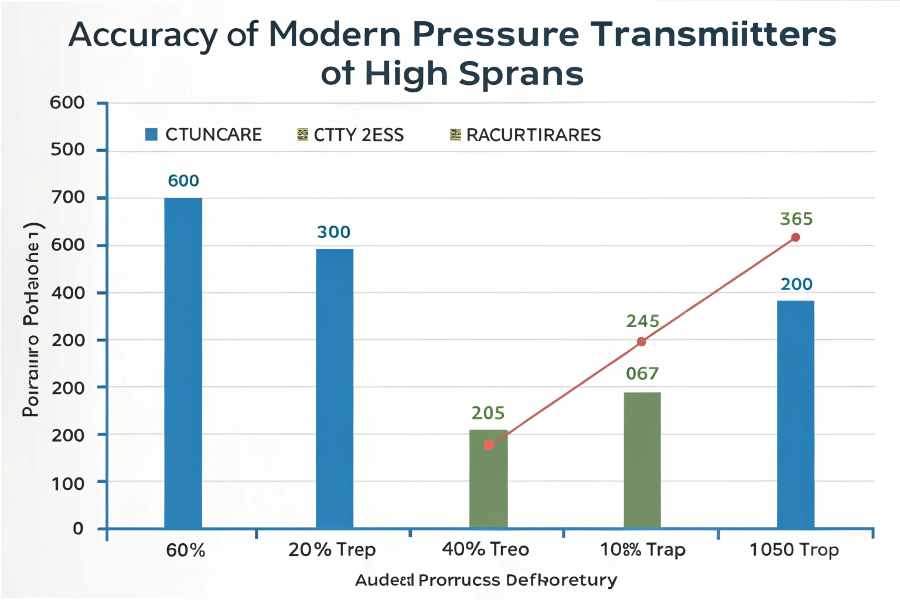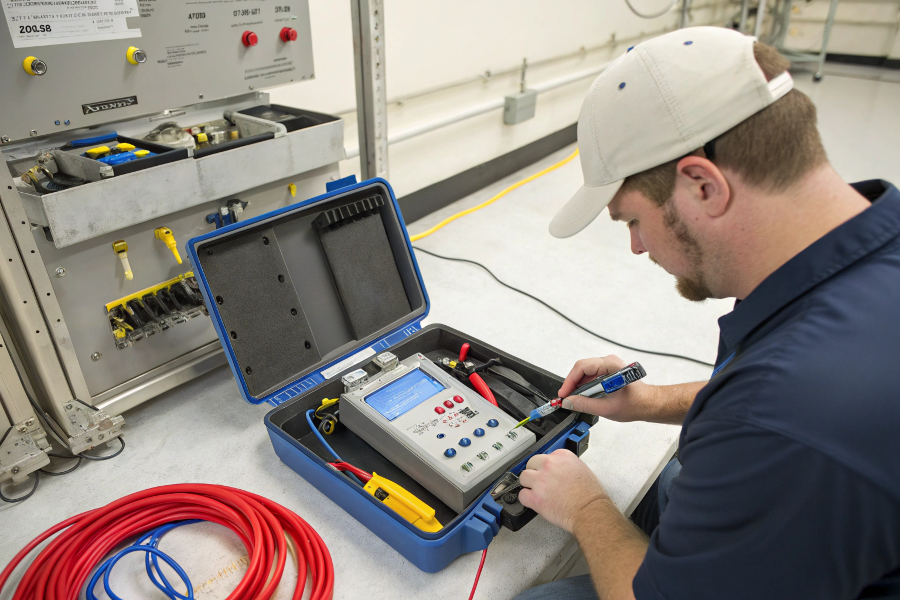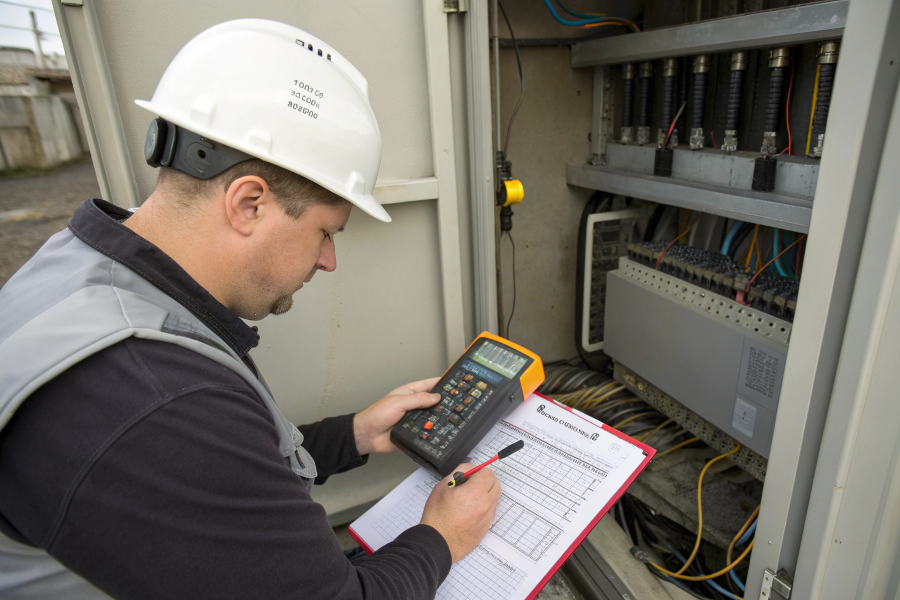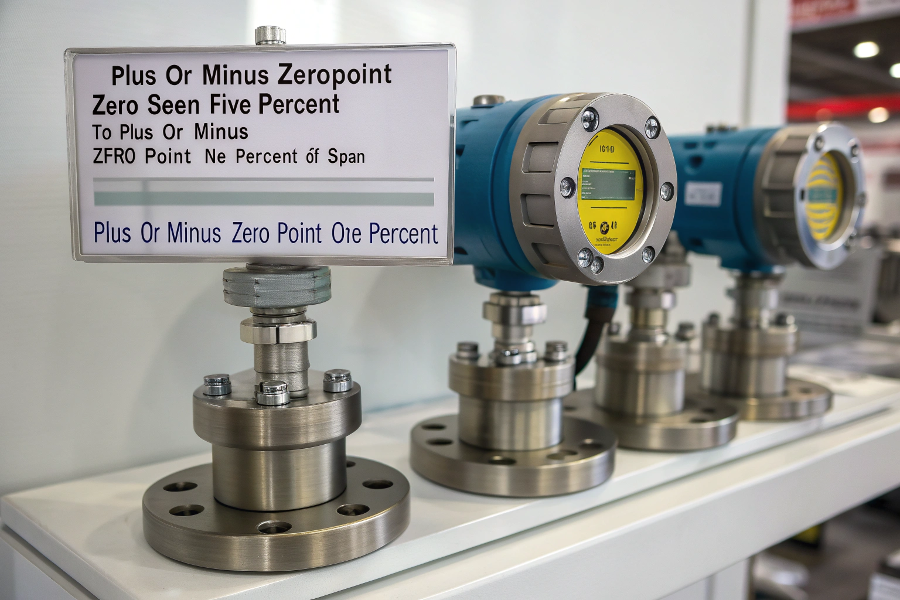Inaccurate pressure measurements can lead to process inefficiencies, product quality issues, and even safety risks in industrial applications.
Modern pressure transmitters typically achieve accuracies between ±0.075% and ±0.25% of span, with high-end models reaching accuracies up to ±0.025% of span.

Pressure Transmitter Accuracy Chart
I’ve worked with countless pressure measurement applications, and I’ll share key insights about maximizing transmitter accuracy.
How Accurate is a Pressure Transmitter?
Many factors can affect pressure transmitter accuracy, leading to measurement uncertainties.
Pressure transmitter accuracy depends on various factors including the technology used, calibration quality, and environmental conditions, typically ranging from 0.025% to 1% of span.

Accuracy Influencing Factors
From my extensive field experience:
Accuracy Factors
-
Technical Specifications
Factor Impact Typical Range Reference Accuracy Base Performance ±0.075% to ±0.25% Temperature Effect Environmental ±0.1% per 28°C Static Pressure Process Impact ±0.1% per 1000 PSI Long-term Stability Time Drift ±0.1% per year -
Environmental Influences
- Ambient temperature
- Process temperature
- Vibration effects
- EMI interference
Performance Optimization
-
Installation Considerations
- Proper mounting
- Thermal isolation
- Vibration dampening
- EMI shielding
-
Maintenance Practices
- Regular calibration
- Performance monitoring
- Preventive maintenance
- Documentation
These factors determine real-world accuracy.
How Would You Calibrate a Pressure Transmitter?
Improper calibration can compromise measurement accuracy and system reliability.
Calibration involves comparing transmitter readings against a known reference standard, adjusting zero and span values, and documenting the results for traceability.

Pressure Transmitter Calibration Setup
Based on my calibration experience:
Calibration Process
-
Essential Steps
Step Action Purpose Preparation Equipment Setup Accuracy Zero Check Initial Setting Reference Span Check Range Verification Linearity Documentation Record Keeping Traceability -
Required Equipment
- Pressure standard
- Digital multimeter
- Power supply
- Documentation forms
Best Practices
-
Calibration Environment
- Temperature control
- Vibration isolation
- Clean workspace
- Proper tools
-
Quality Assurance
- Standard procedures
- Error analysis
- Uncertainty calculation
- Documentation review
These practices ensure reliable calibration.
How to Check if a Pressure Transmitter is Working or Not?
Faulty pressure transmitters can compromise process safety and efficiency.
To check transmitter functionality, verify power supply, measure output signal, perform zero/span checks, and compare readings with process conditions.

Pressure Transmitter Testing Setup
Drawing from my troubleshooting experience:
Testing Procedures
-
Basic Checks
Test Method Expected Result Power Supply Voltage Check 24VDC typical Output Signal Current Measurement 4-20mA range Zero Check Applied Zero 4mA output Response Pressure Change Linear response -
Advanced Diagnostics
- Communication check
- Configuration review
- Error message analysis
- Historical data review
Problem Resolution
-
Common Issues
- Power problems
- Signal errors
- Process connections
- Configuration errors
-
Maintenance Actions
- Cleaning
- Recalibration
- Parts replacement
- Documentation update
These steps ensure proper operation.
What is a Common Accuracy Range for an Industrial Pressure Transmitter?
Selecting the wrong accuracy class can lead to process control issues and unnecessary costs.
Industrial pressure transmitters typically offer accuracy ranges between ±0.075% and ±0.25% of span, with standard models around ±0.1%.

Industrial Pressure Transmitter Accuracy Ranges
Based on my industry experience:
Accuracy Classifications
-
Industry Standards
Class Accuracy Application Reference ±0.025% Calibration Premium ±0.075% Critical Process Standard ±0.1% General Purpose Basic ±0.25% Monitoring -
Selection Criteria
- Process requirements
- Cost considerations
- Industry standards
- Application needs
Application Guidelines
-
Usage Considerations
- Process criticality
- Safety requirements
- Quality standards
- Cost constraints
-
Performance Factors
- Environmental conditions
- Process variations
- Maintenance capability
- Long-term stability
These guidelines help select appropriate accuracy.
Conclusion
Pressure transmitter accuracy depends on proper selection, installation, and maintenance, with most industrial applications well-served by devices in the ±0.1% accuracy class when properly maintained.
